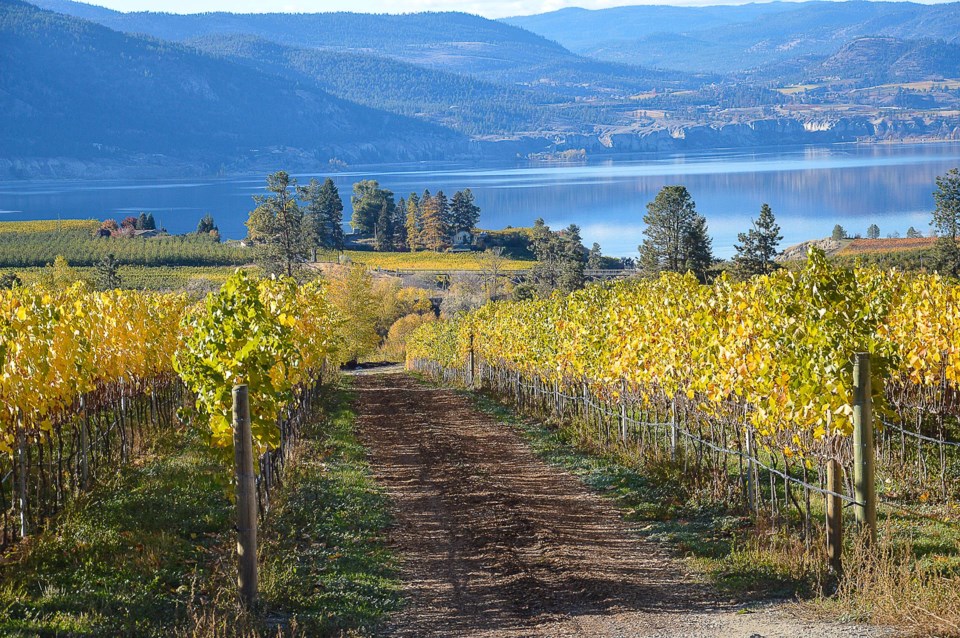8. At a time when our neighbour to the south is threatening our country with a trade war, it might be the “patriotic thing” to buy Canadian.
7. We have unique wine regions in B.C., Ontario, Quebec and Nova Scotia that reflects their individual soils, climate and the winemakers’ choice of planted grapes and winemaking techniques.
6. It’s good for the Canadian economy! According to a 2017 report by the Canadian Vintner’s Association, “Canadian wine industry production has an annual national economic impact of $9 billion.
The wine and grape industry is responsible for more than 37,000 jobs in Canada from manufacturing, agriculture, tourism, transportation, research, restaurants and retail.
Wine-related tourism welcomes more than 3.7 million visitors each year, generating more than $1.5 billion annually in tourism revenue and employment.
For every $1 spent on Canadian wine sold in Canada, $3.42 in Gross Domestic Product (GDP) is generated across the country.”
5. To enjoy the wines of Nova Scotia, you might have to travel to the Maritimes because there is no free trade between provinces when it comes to wine. But that is a great motivator to discover more about Canada!
Nova Scotia has more than 18 wineries in six regions, the largest being the Annapolis Valley. Sparkling wine and Icewine are noteworthy as well as a crisp, aromatic white blend known as Tidal Bay.
And in addition to sampling wine, you can enjoy Celtic music, lobster rolls and the sights of Cape Breton Island, the Cabot Trail, Halifax and the Bay of Fundy.
4. To enjoy Quebec wines, you need to head east to La Belle Province. Most of the wines are French hybrids but Viniferas are increasing. And while there, savour the French Canadian cuisine and cheeses, old Quebec City, the Gaspé and Montreal, the second largest French city in the world.
3. Then there is Ontario with over 165 VQA wineries in three regions: Niagara Peninsula, Canada’s largest viticultural area, Lake Erie North Shore which is the southernmost and sunniest region and Prince Edward Country, its northernmost and smallest area.
In addition to Icewine, Ontario is known for its Riesling, Chardonnay, Pinot Noir Gamay, Merlot and Cabernet Sauvignon. And while in Ontario, tour Niagara Falls, Niagara-on-the-Lake, the Great Lakes and Toronto, Canada’s largest city.
2. With over 272 wineries, B.C. makes the widest variety of wines. Like most regions, B.C. produces Icewine, a delicious dessert wine produced from frozen grapes. We also make sparkling wines to celebrate special occasions or to enjoy when you want a delicious bubbly. B.C.’s whites include Pinot Gris, Pinot Blanc, Riesling, Chardonnay and Sauvignon Blanc. Pinot Noir, Syrah, Merlot, Cabernet Sauvignon and Cabernet Franc are the more abundant reds planted.
BC’s largest wine region is the famous Okanagan, but don’t forget the nearby Similkameen Valley, or the Fraser Valley, Vancouver Island, and the Gulf Islands.
1. Canadian wines are delicious, award winning and evolving as vines mature and winemakers innovate.
Cheers, Canada on your 151st Birthday!
[email protected]
Eric Hanson is a Richmond wine educator.



